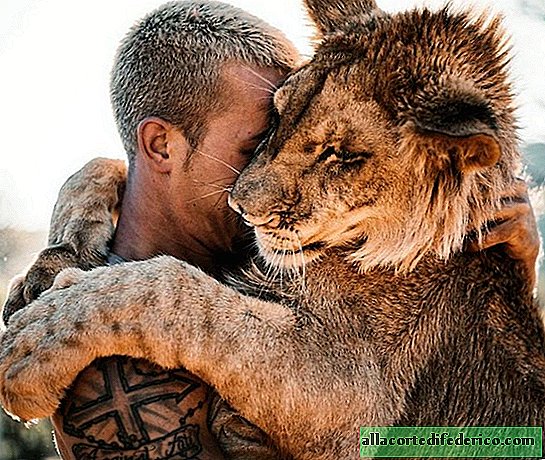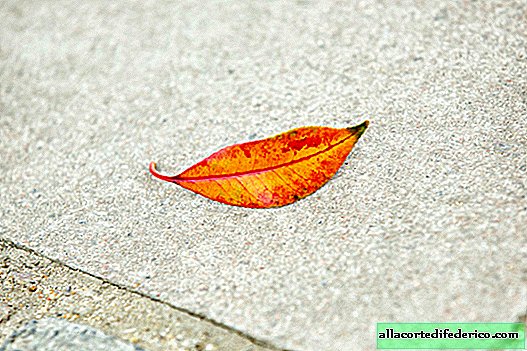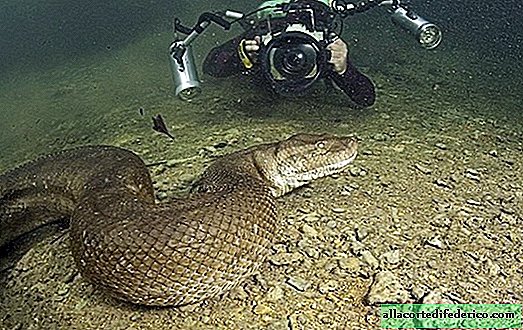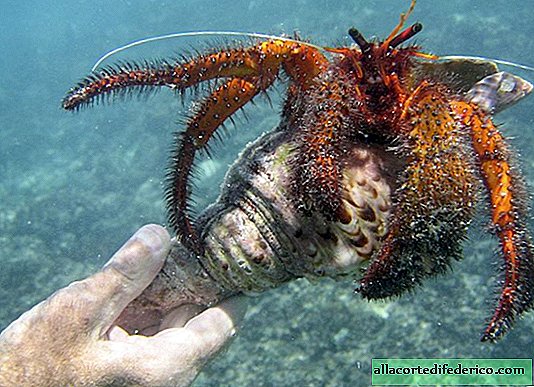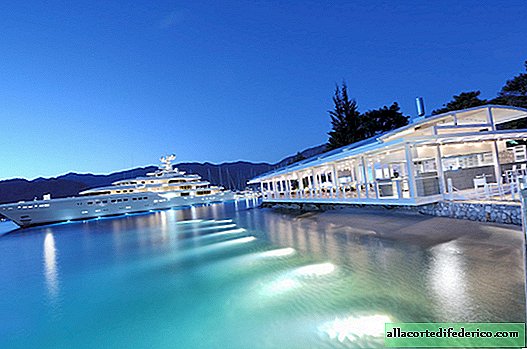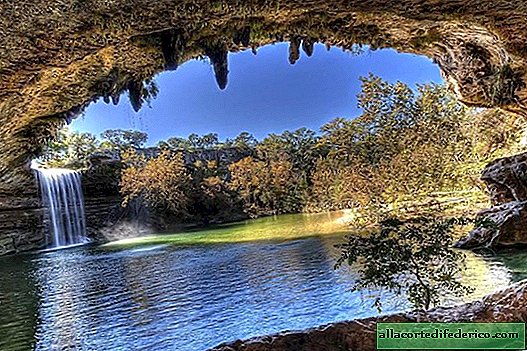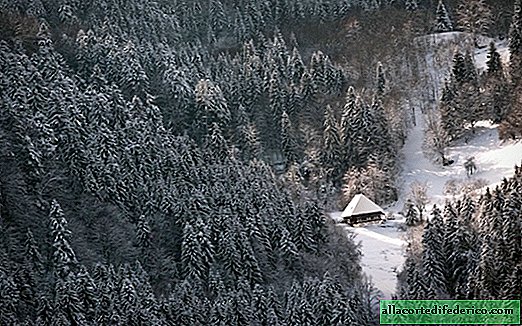Wrangel Island is a protected land where the most white cubs in the world are born
In the midst of the vast expanses of the Arctic Ocean is the most northern reserve of Russia - "Wrangel Island". It is here that the largest in the world the number of generic polar bear dens is located, and the herd of musk oxen totals almost 1000 individuals. The reserve is included in the list of UNESCO World Heritage Sites, and in addition to land, the adjacent marine area is included in its conservation zone.
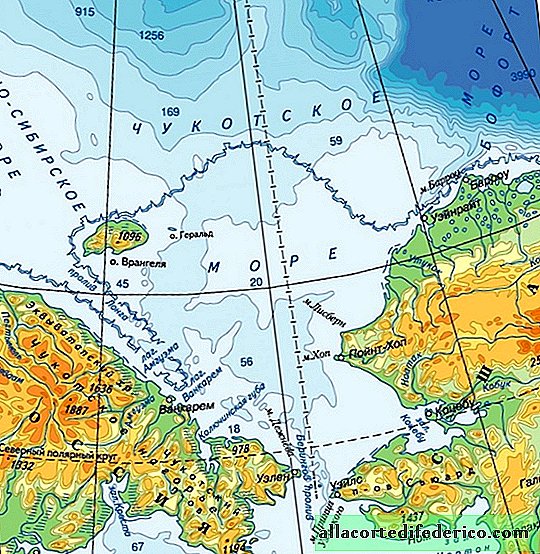
The Wrangel Island State Nature Reserve was established in 1976, although some measures to protect the animals living there have been taken since the 30s of the last century. In addition to the Wrangel Island itself, the reserve includes the island of Herald, located northeast of it, as well as the territory of the Chukchi Sea. The total area of the protected area is 2,225,650 ha and it is territorially related to the Chukotka Autonomous Okrug.

Wrangel Island stands out among the other islands of the Arctic for its very rich flora and fauna. This is the region with the highest level of biodiversity of flora and fauna not only among the Russian islands of the Arctic Ocean. It surpasses the islands of the Canadian Arctic archipelago combined in the number of plant and animal species.

62 bird species nest on the island, and a total of 169 bird species were recorded in the reserve. The island's bird markets include up to 300,000 individuals.

In 1975, a party of musk oxen was brought to the Wrangel Island from the American island of Nunivak. Adaptation of animals was not easy, but, in the end, the musk ox acclimatized and began to breed. According to recent data, the number of these amazingly beautiful and hardy animals on the island is about 1000 individuals.

Even earlier, in the 1940s, domestic reindeer were brought to the island, which took root well, and today the number of feral ungulates is several thousand individuals.

According to paleontological data, reindeer and musk oxen lived on the island in the Late Pleistocene. Therefore, their introduction can be considered a reconstruction of the historical past of the island.

The fauna of marine mammals living in coastal waters and on the coast is represented by pinnipeds: Pacific walrus, ringed seal and lahtak (sea hare). The last two species form the basis of the diet of the polar bear - the largest predator of the Arctic.

Harald Island has the highest density of clan polar bear dens in the world. On a small island there are about 100 of them. On the island of Wrangel, places of special concentration of the den are also distinguished, where the she-bears lie in hibernation and where they bring offspring: the area of Cape Warring, the Drem-Head Mountain Range, the Western Plateau, the valleys of the Thomas and Walrus brooks. In total, in the reserve in different years there are from 300 to 500 tribal dens. It is not for nothing that the island is called Umkilir in the language of local residents, which means “land of polar bears”.

Wrangel Island has some of the harshest living conditions in the entire Arctic region. The warm breath of the Gulf Stream is not able to break so far to the east, and the reserve remains one of the few places in the Arctic where ice cover lasts most of the year. Ice is very important for the survival of polar bears. The fact is that the successful rearing of offspring entirely depends on whether the bear can get enough seals. Bears, as a rule, hunt on ice, waiting for pinnipeds near the respiratory holes. The rapid melting of the ice of the Arctic, as well as the lengthening summer, deprive polar bears of the opportunity to get food in the right amount. Therefore, these protected lands are today a place of prosperity for polar bears.

Despite the considerable remoteness and difficulties with delivery, the Wrangel Island nature reserve offers tourists several excursion routes, which are becoming increasingly popular. Therefore, if you are bored with the beaches of Thailand and the Red Sea, visit Wrangel Island: here you will have an unforgettable experience.



